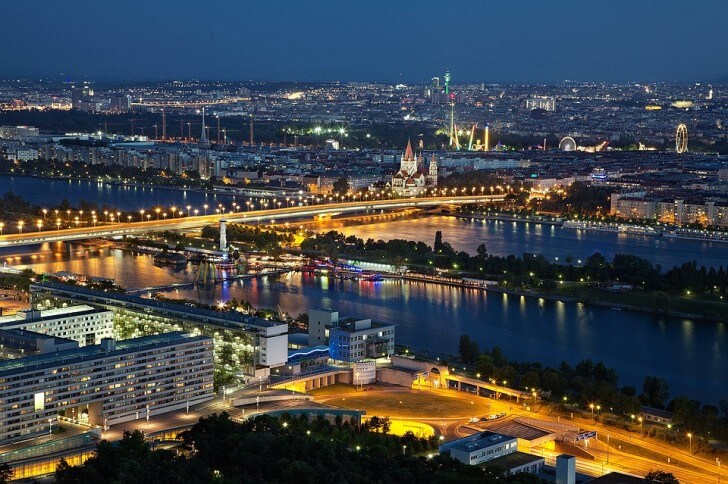
In 1892–1918, the monetary unit of Austria was the Austro-Hungarian crown, in 1919–1925 – the Austrian crown, in 1925–1938 and 1945–2001 – the Austrian schilling, and from 2002 to the present time – euro. We remind you that the euro is the currency of the Eurocash countries. Austria has been a member of the European Union since 1995 and was one of the first countries to adopt the euro as its currency. However, there are also EU countries, for example Hungary, which, along with the euro, have retained their national currency.
1 euro consists of 100 euro cents.
In circulation there are coins in denominations of 1, 2, 5, 10, 20, 50 euro cents and 1 and 2 euros, as well as banknotes in denominations of 5, 10, 20, 50, 100, 200 and 500 euros .
Euro banknotes are the same in all EU countries. Here's what they look like:


Coins are minted in every country. The front side (obverse) of the coins is the same everywhere, but the back side (reverse) is different. For example, Mozart is depicted on the 1 euro coin minted in Austria. So in Austria you may encounter coins of non-Austrian origin, but don't worry - they are completely legal.
Let us introduce you to what is depicted on the euro coins minted in Austria:

2 euros - Bertha von Suttner, famous Austrian writer, Nobel Prize laureate;
1 euro - famous composer Wolfgang Amadeus Mozart;
50 euro cents - Vienna Secession (for more details see Vienna in 3 days);
20 euro cents - Belvedere Palace;
10 euro cents - St. Stephen's Cathedral;
1, 2, 5 euro cents - various alpine flowers.
© 2019-2024 All rights reserved